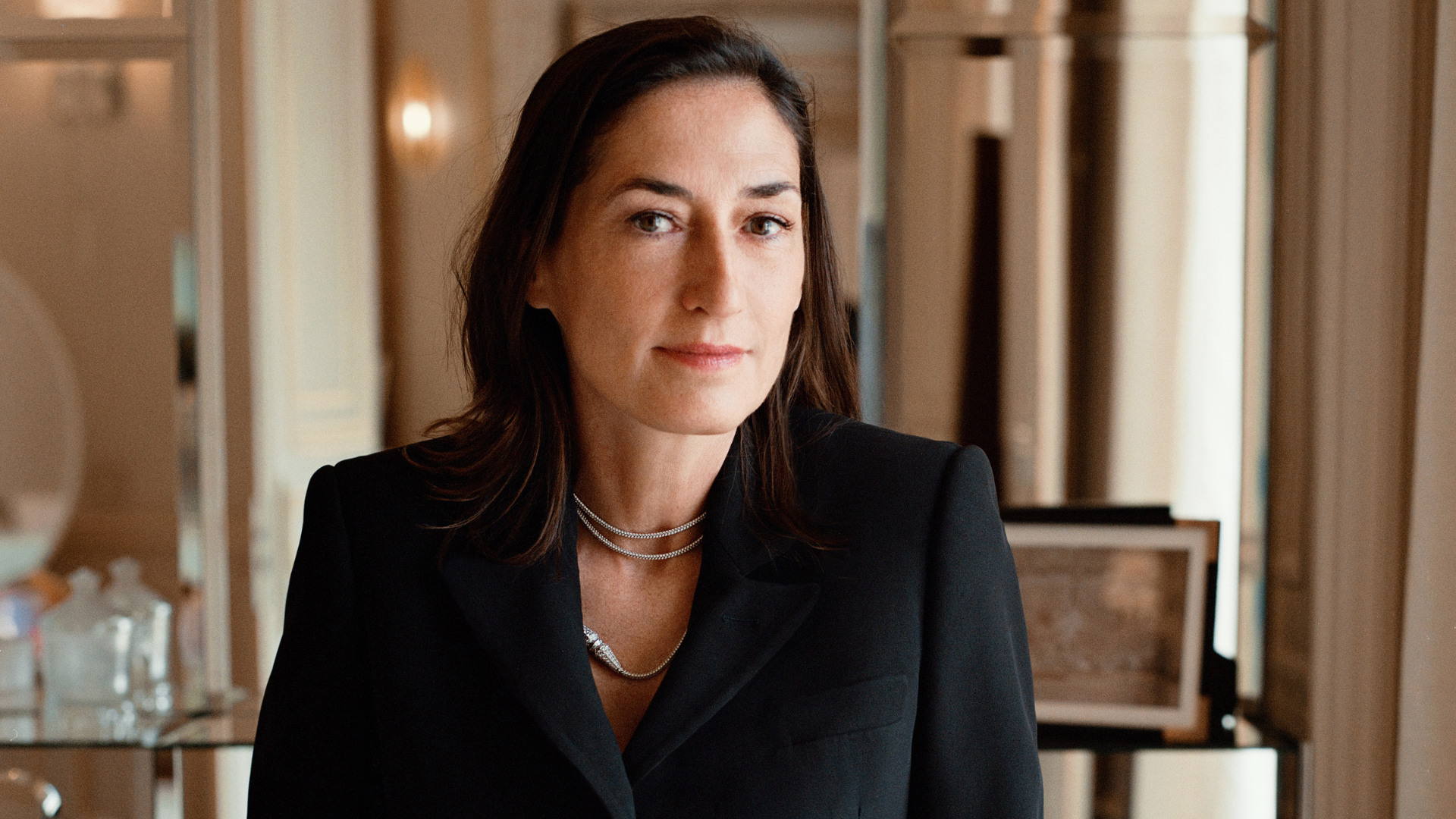Porsche 911 — Because You're Gorgeous...
A modified Porsche 911 by Oxfordshire’s Theon Design is an automotive work of art. But can it paint the corners of a country road in the rain? THE RAKE went back to the future to find out...

The first time I visited Cheddar Gorge, in the English county of Somerset, was during the long, hot summer of 1976. Although officially a school field trip, the outing was really organised to get us restless schoolboys away from a stifling London at a time when, as history would record, daily temperatures around the country consistently exceeded 30 degrees from June until the end of August.
It was a different story during my most recent visit, a few weeks ago, to what has been dubbed ‘Britain’s second greatest natural wonder’.
This time it was characteristically cold and wet, and, instead of being driven through the Gorge’s serpentine Cliff Road in a lumbering Daimler coach with of-the-era moquette upholstery, I was behind the wheel of a nimble, unique and exquisitely trimmed Porsche 911.


‘GBR001’ is the first car made for a U.K. buyer by the Oxfordshire-based Theon Design, who are among the latest to join a growing list of businesses offering ‘back-date’ or ‘resto-mod’ 911s — in other words, cars that are rebuilt from the ground up to combine the seemingly unending appeal of the air-cooled models made from 1964 and the arrival of the water-cooled 996 generation in 1999.
Theon Design follow a trail blazed by longer-established modifiers of old 911s, such as the U.K.’s Paul Stephens, the Sheffield- born, Los Angeles-based fashion designer turned Porsche restorer Magnus Walker, and L.A.’s Singer Vehicle Design, which was founded in 2009 by the former rock guitarist Rob Dickinson and now charges up to $2m apiece for its celebrated builds.
Theon, however, are slightly different from all the above. Set up in 2016 by the former car designer Adam Hawley and his wife, Lucy, a marketer, it evolved from Hawley’s decision to have a car customised for his own use. “I am not a mechanic by any stretch of the imagination, so I commissioned someone to build me a 911 SC with the engine from a 993-generation Supercup car,” he says.
“As soon as I started driving it I realised there must be a market for similar cars, because every time I stopped at a petrol station people would walk across to speak to me about it, and it would be another 20 minutes before I could finally get going again.”
To launch Theon Design, Hawley began by working with some experienced 911 engineers to complete conventional restorations on three cars — two T models and an E — which were carried out using the type of on-screen 3D modelling that enabled the business to progress to the type of builds it specialises in today.
These, Hawley says, are not ‘resto-mods’ or ‘back dates’ but what he prefers to call ‘recreations’ — because a Theon Design 911 isn’t the same shape as any specific model that emerged from the Porsche production line. “The car is an amalgamation of different generations of 911s,” he says, pointing out the door mirrors (based on those from a 991 Speedster concept car), the front-end treatment, inspired by the rare RSR race cars of the 1970s, and the line of the rear wings, which is similar to an original car but subtly tweaked to make it unique.










Like most people in the business of modifying air-cooled 911s, Theon Design base their builds on the 964 generation cars produced between 1989 and 1994 — because the later 993 model was of a different shape, whereas the 964’s body panels are interchangeable with every 911 dating back to the start of production. “The 964 was the last air-cooled 911 of the classic shape, ”Hawley says, “but by the 1990s they were starting to get heavy.”
The Theon Design solution is to remake almost the entire body in carbon fibre, keeping only the doors in steel (for side-impact protection) and leading to a total weight of 1,163 kilos — almost 200 kilos lighter than a regular two-wheel-drive 964 Carrera 2 and 300 kilos lighter than its four-wheel-drive alternative.
The late Lotus founder, Colin Chapman, famous for his ‘add lightness’ mantra, would certainly have approved. But the Theon story doesn’t end there, because a similar amount of attention has been given to the 911’s legendary flat-six engine, which, in the case of GBR001, has been tweaked and tuned to produce an impressive 390 horsepower at a screaming 7,350rpm. Factor in a bespoke, military specification wiring loom (far lighter than the original) and the relocation of the power steering and air- conditioning compressors to the front of the car, and the result is a 911 that produces 100bhp per litre and has almost perfect weight distribution. As an added bonus, the modifications to the engine (notably the use of six independent throttle bodies) have left it looking remarkably clean and minimal — it is a true automotive work of art, in fact.






The attention to aesthetics — and Hawley’s self-confessed obsession with detail — is further demonstrated in GBR001’s slate-grey paintwork, classic Fuchs-style wheels, and just the right amount of chrome embellishment.
Inside, everything that would usually be plastic on a standard 964 has been re-cast in aluminium; the Recaro seats and door panels have been trimmed in Bottega Veneta-style woven leather; and the car’s dashboard instruments are modern electronic replicas of the originals.
Looks-wise, at least, Theon Design have undoubtedly achieved their goal of updating and improving Porsche’s legendary sports car while retaining the special character that makes 911s unique. But how well does the GBR001 go?
Having owned a 1981 911SC for the past 20 years, I’ve developed a fairly good understanding of what sublime driving machines these cars can be, but Theon Design’s efforts have taken that to a new level. The car’s low-speed docility disguises the fact it is capable of brutal acceleration when called for — and, despite Hawley’s squirming in the passenger seat as another of Cliff Road’s rain-soaked bends loomed, its handling has been made so sure-footed and predictable that being anything other than enthusiastic behind the wheel would have seemed wasteful.
The wail of the ceramic- coated exhaust system bouncing off the Cheddar Gorge walls made hooligan behaviour even more tempting, as did the deliciously slick-shifting Hewland six-speed gearbox that encourages full use of the mellifluous engine’s rev range.
It is difficult to believe that anyone who drove one of these cars would not want to own it. I know I did — and would certainly buy one were it not for the fact that the Theon Design treatment starts at £380,000, plus the price of a donor car (probably another £40,000). Plus tax.
I’m not saying it isn’t worth it. Just that I haven’t got it... But had I known in 1976 that I could one day be cruising through the Gorge in GBR001 instead of that old Daimler coach, I would bloody well have started saving there and then.










